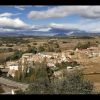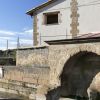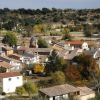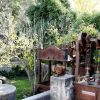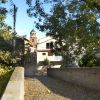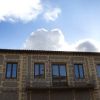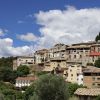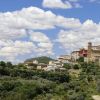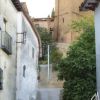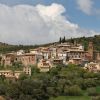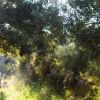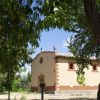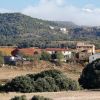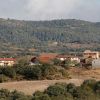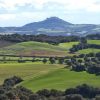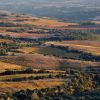PUEBLOS
Lascellas
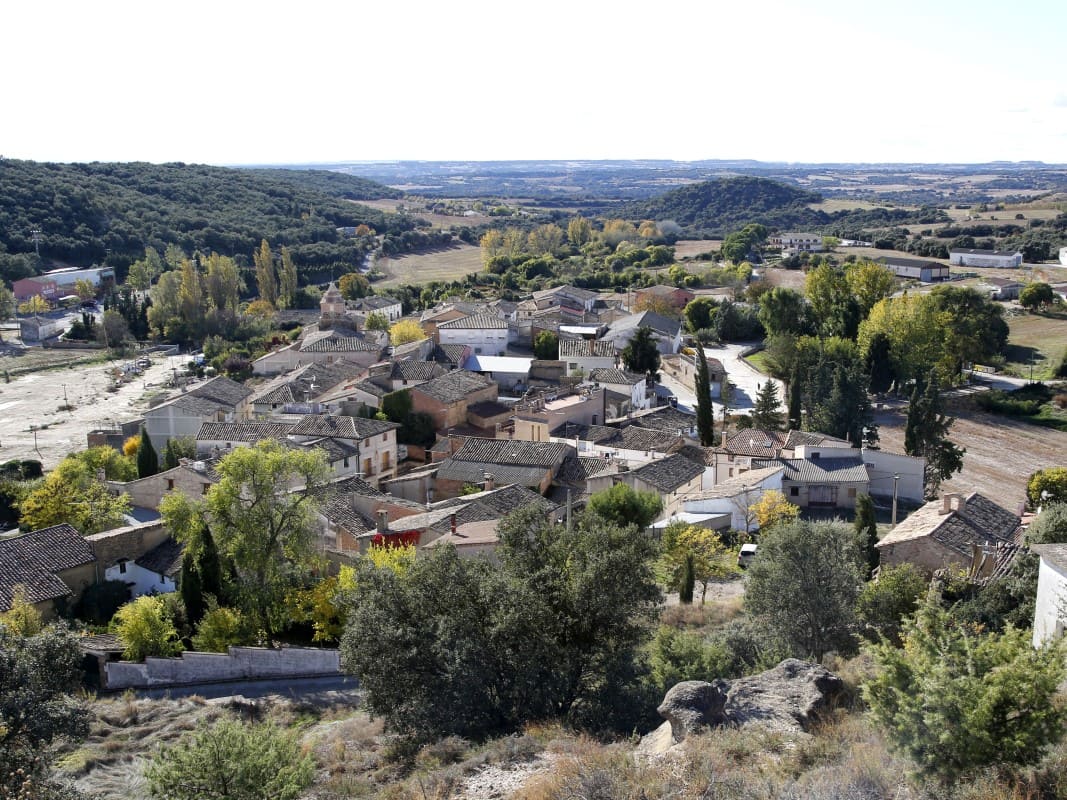
The municipality of Lascellas-Ponzano welcomes visitors to Somontano as they cross into the territory over the huge ravine carved by the power of the River Alcanadre.
The course of the river in this area is boxed in by the cliffs of the canyon, making it impossible to access its waters for irrigation. Because of this the inhabitants have traditionally cultivated crops that do not need irrigation such as cereals and, more recently, vines.
However, man’s difficulty in reaching the water has favoured the presence of birds of prey, many in danger of extinction, such as the Egyptian Vulture, the Golden Eagle and the Eagle Owl; jewels of nature that fly undisturbed in the skies of Somontano.
Lascellas is well known for a workshop that makes tower clocks, many of which have traditionally marked the rhythm of life in the villages in Somontano. More recently it has seen the opening of wineries that produce wine under the D.O. Somontano label.
Although the parish church was renovated in the 18th century it has medieval origins, which are apparent through the building; outside they can be seen in the rotundity of the walls and the modillions that supported the original cornice and inside they are revealed in the pointed barrel vault covering the main nave. The main doorway displays a series of astral symbols that were typical on civil buildings throughout the 18th century.
The San Miguel chapel sits on the outskirts of the town. Early Gothic in style it has a rectangular layout and flat east end and the wooden roof is supported by pointed arches with a thick, square profile. The entrance doorway is decorated with diamond points. Next to the livestock track that ascends towards the Pyrenees there is a small 18th century chapel dedicated to San Antón, the patron saint of domestic animals who is also strongly linked with pastoral traditions. It provides a magnificent viewpoint over the surrounding countryside. As the seasonal migration of livestock and shearing of sheep lessened in importance, the chapel was abandoned and left almost in ruins. Medieval in origin and altered in the 16th and 17th centuries, it has recently been renovated and the livestock track is now used frequently by cyclists and walkers.
The 8th of December is the date of the Procesión de los Descalzos (procession of barefoot people.) This traditional pilgrimage was originally a way of thanking the Virgin Mary for saving the village from a plague that had cut it off from other villages.
Castillazuelo
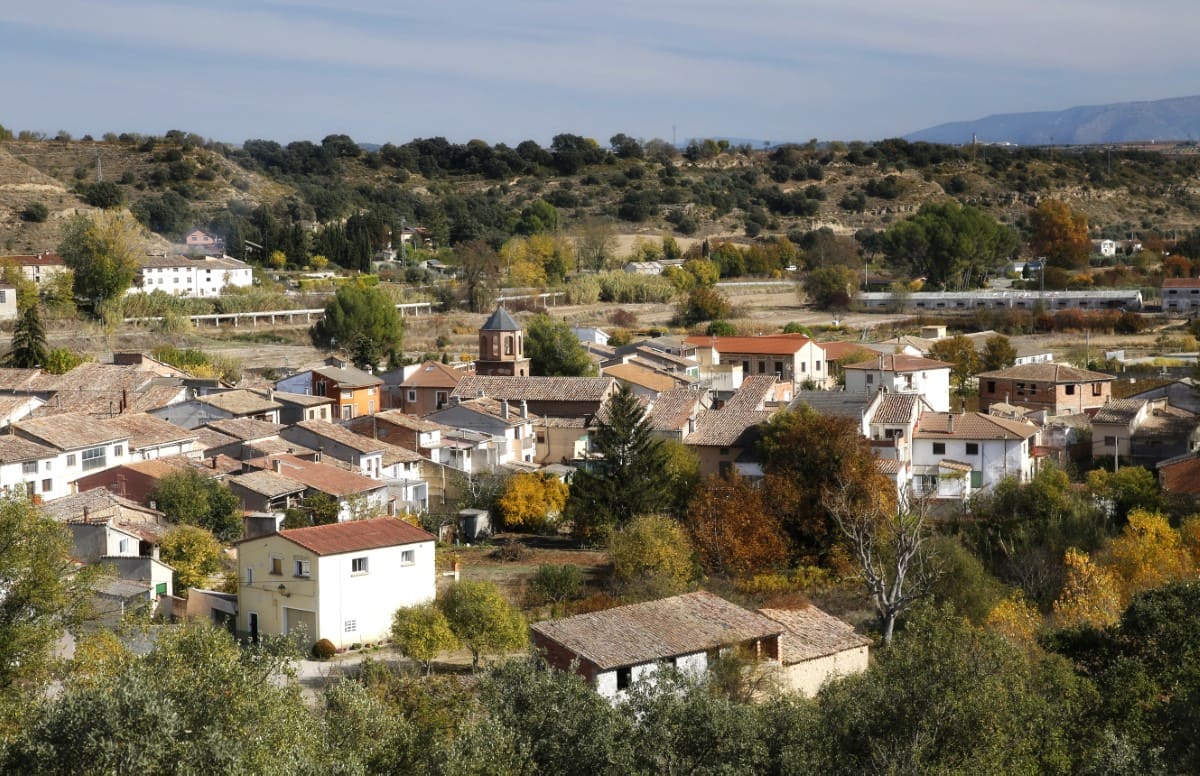
For centuries the river has favoured the development of the villages in the region of Somontano, where human settlements date from the pre-historic era to the present day. Iberians, Romans, Moors, Aragonese lords, vassals….
Castillazuelo is one of the few villages within the boundaries of the River Vero Cultural Park and offers a glimpse of history, nature and landscapes dotted with cultivated fields. The village highlights the huge importance of water to the region and its people as well as the ingenuity of man to use it to his advantage.Today Castillazuelo offers new tourist services and modern cultural facilities while continuing to prosper from rich agriculture, successful livestock farming and thriving industrial activity.
The first settlement flourished in the shelter of a medieval fortress, or castillo, from which the village takes its name. It stood on a high crag known locally as Lugar Alto (high place) and dominated the valley from this prime strategic location.
It is likely that there was a Muslim watchtower on the same spot, which would have later been fortified by the Aragonese as many Moorish installations were reused in this way. A small Romanesque church was also constructed on the site. A network of tunnels, passageways, water tanks and wheat storage bunkers were excavated from the heart of the sandstone rock. However hardly anything remains of this historic past except for the ruins of a grand, old house, which served as the residence of the Lord of Castillazuelo until the modern era.
The current village on the banks of the River Vero originates from the 16th century. In 1531 the Lord of Castillazuelo ordered the construction of 26 houses at the foot of the castle on the opposite side of the river to accommodate new residents; this area became known as Santa Maria de La Puente or Castillazuelo el Bajo.The urban layout is different to other villages in Somontano. The streets are laid out in the form of a cross spreading from the main central square, which is home to the 18th century parish church of San Salvador. It is made up of a single nave with a barrel vault and lunettes, the arches of which display simple plasterwork decoration in the traditional Mudejar style.
The old neighbourhood at the foot of the mountain (Ro Bario) and the new village, which grew in a well structured manner, are joined thanks to a narrow bridge with one span. This bridge now leads to the River Vero Visitor Centre where visitors can see the historical uses of the river and the main habitats that can be found along its banks.
The River Vero Visitor Centre is also the departure point for three different footpaths that are equipped with information panels along their length. They pass through attractive areas of the municipal area, between mountain and riverbanks. The best time to follow their winding route is in the spring and the autumn.
Coscojuela de Fantova
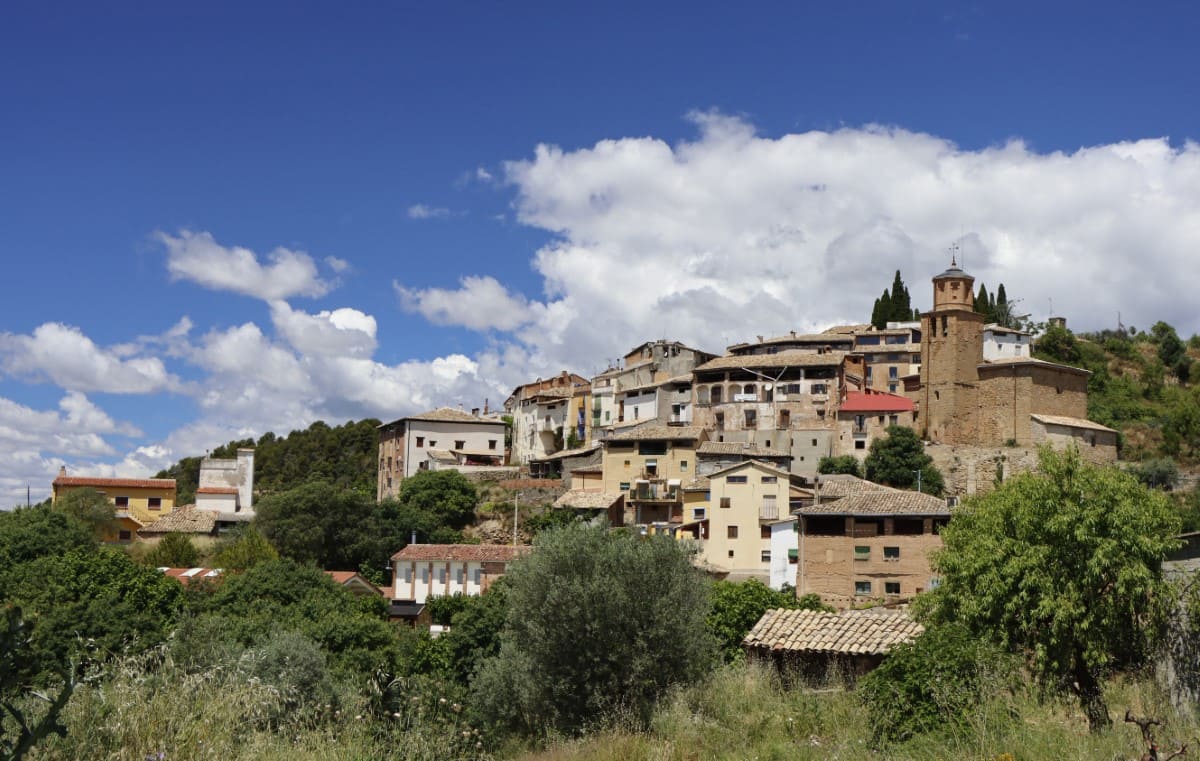
Coscojuela belongs to the municipal council of El Grado. The village sits at an altitude of 633 metres on the slope of a hill, resulting in steep roads and an irregular layout that affords it a certain charm.
There is an old road that once crossed the Pyrenees in the vicinity of the village, which is thought to be related to the origins of the Roman settlement of Monte Cillas. The remains of Roman buildings correspond to the Imperial era and are believed to have lasted through to the decline of the Roman Empire around the 4th century. Remnants of an important collection of inscriptions from the 1st and 2nd centuries can be seen at the chapel of Nuestra Señora del Socorro.
A number of Christian burial chambers with tombstones that feature ancient mosaics are on display in the Museum of Huesca. The mosaics are made up of small, multi-coloured pieces and were used to represent the dead along with chiselled inscriptions. There is evidence to connect the decoration style of these gravestones with those in African Christian communities. However, the examples from Coscojuela are less in keeping with the African examples than those from Levante or the Balearics. Their uniformity indicates that they were used for a relatively short period of time, between the years 305 and 383. One of the gravestones belonged to a clergyman.
The church stands at the far eastern edge of this small village and is dedicated to San Miguel Arcángel. Although constructed in the 16th century, the church underwent significant renovations at the beginning of the 20th century. A new doorway with a pointed arch was added and the ribs of the stellar vaults were enhanced with delicate yet dynamic swirling patterns. The choir was also added; access is gained via a graceful spiral staircase which transforms the internal appearance of the church.The quantity and variety of visible joints in the brick and stone work, as well as the number of windows that have been filled in, as can be seen on some of the church walls, are evidence if the many changes the church has undergone over the centuries.
Montesa
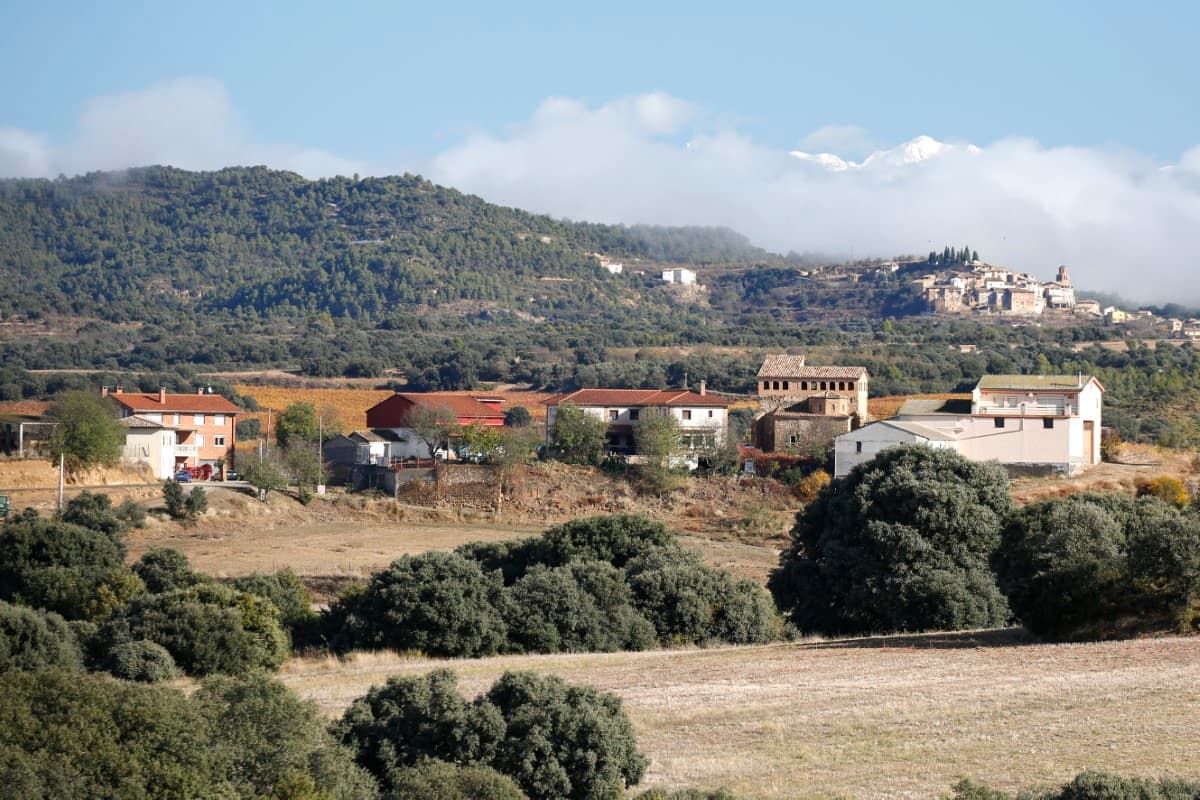
The municipality of Hoz-Costean is made up of the villages of Montesa, Hoz de Barbastro, Salinas de Hoz, Costean and Guardia (now abandoned), all are which are located close to the Sierra de Salinas mountain range. On the surrounding slopes terraces have taken slices from the mountains to create platforms for growing the traditional staples of almonds and olives.
Vineyards have gradually taken over more land on the rolling hills around Montesa. The village occupies an exceptional spot at over 500 metres above sea level, yet is relatively close to the capital city of Barbastro.
The village church dedicated to San Millan stands at the end of the only street facing an 18th century ancestral home adorned with the Pano coat of arms. The regular joint of the church’s north wall and the deep-rooted Gothic nature of the entrance decoration (delicate edging, pretty cantilevers and elegant mouldings) point towards medieval origins. The style and design of the renovation work suggest it was carried out in the early 16th century as can be seen in the simplicity of the vaults with their slightly pointed finish, the delicate sculpture of the sandstone ribs and the decoration of the supporting cantilevers.
The result is a simple space with harmonious proportions in which the stellar vaults attract all the attention.


